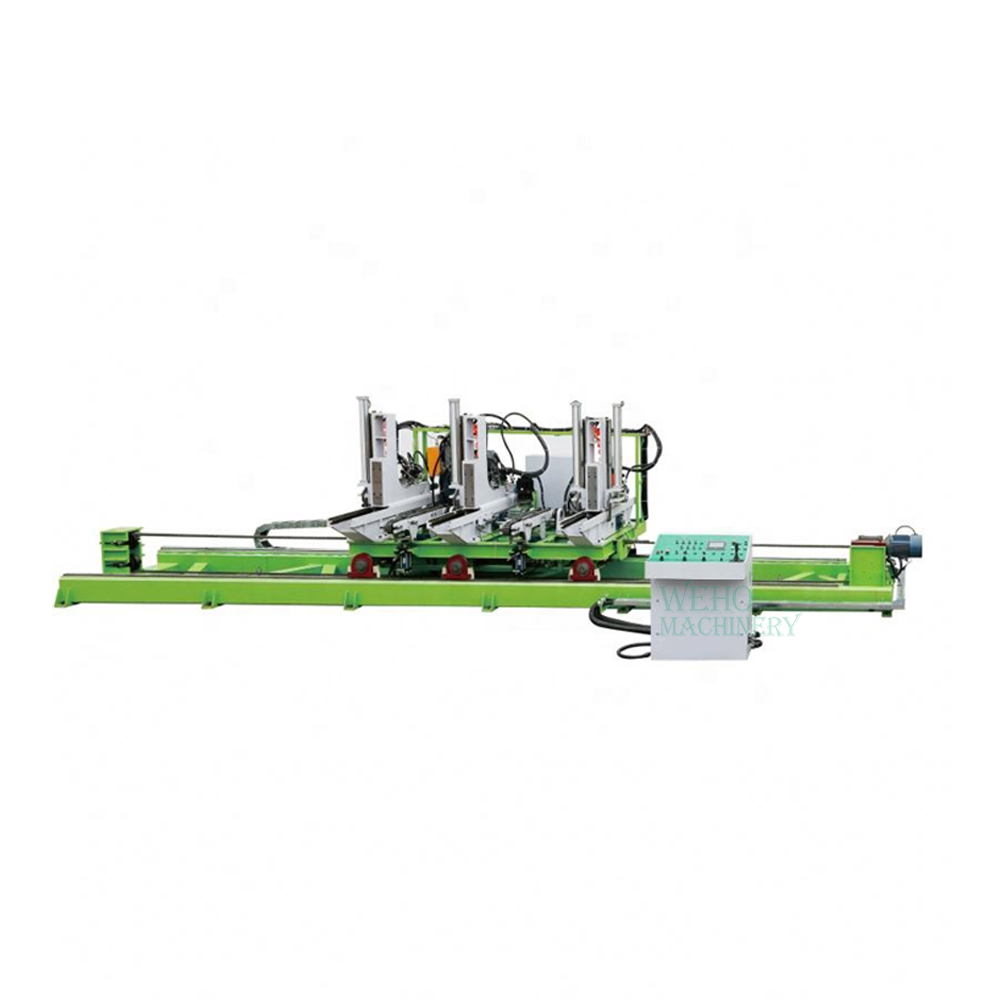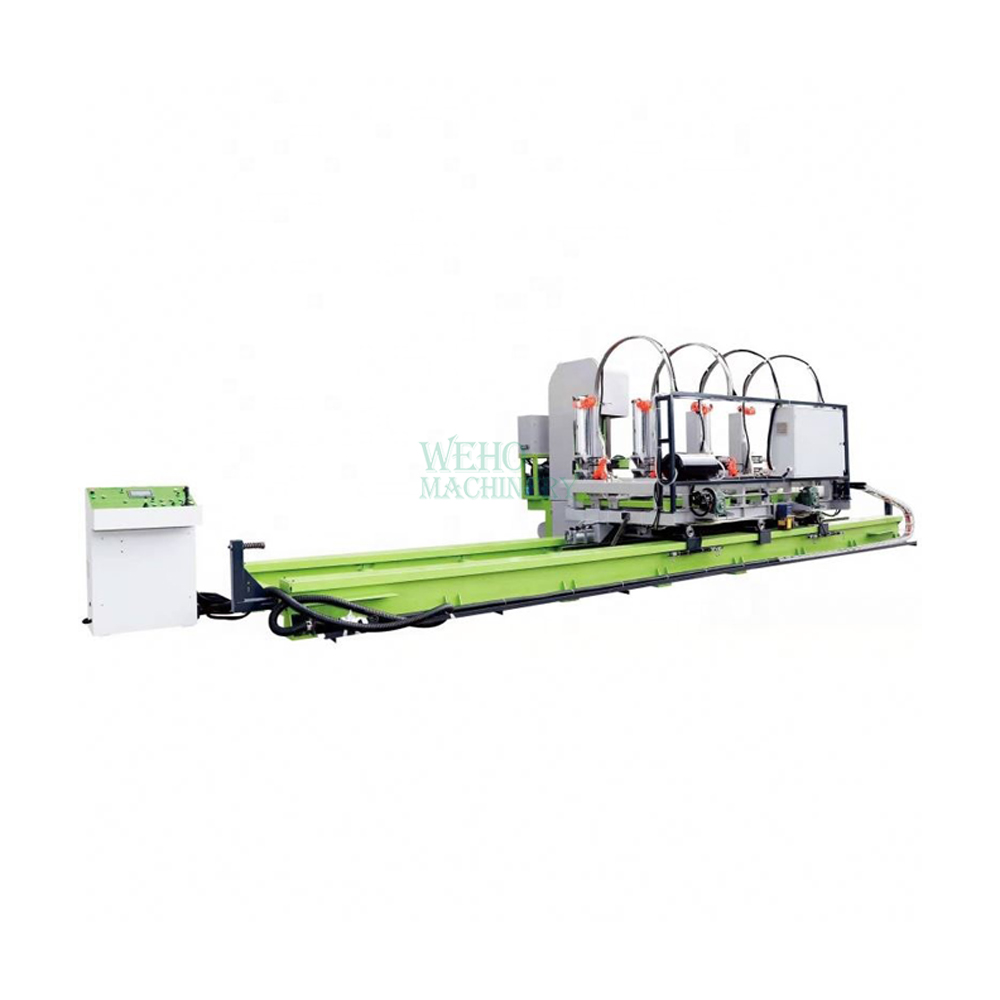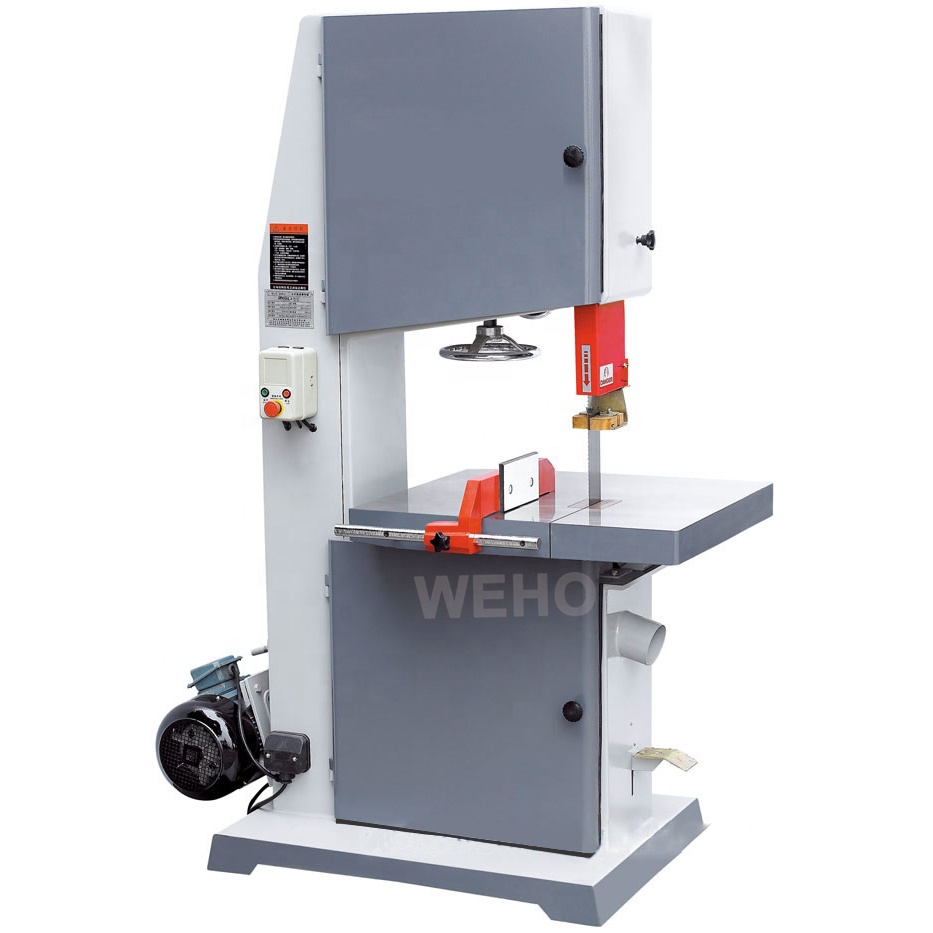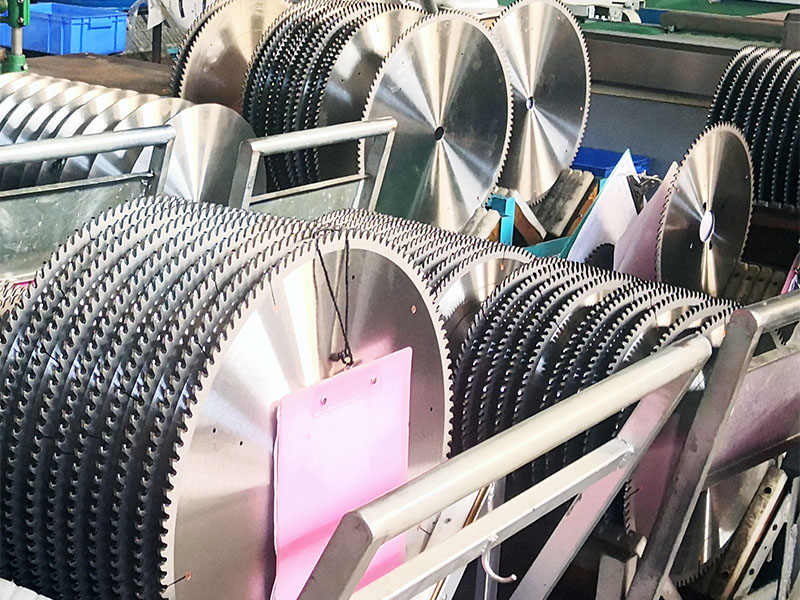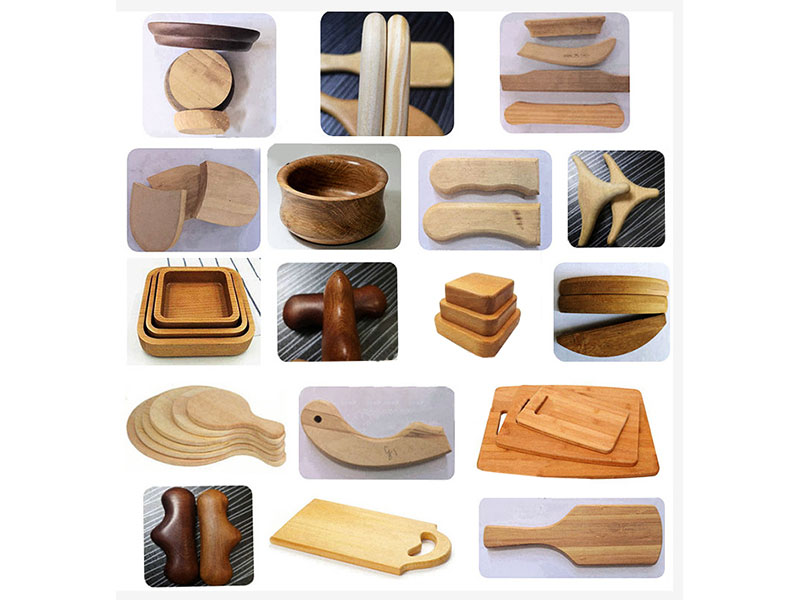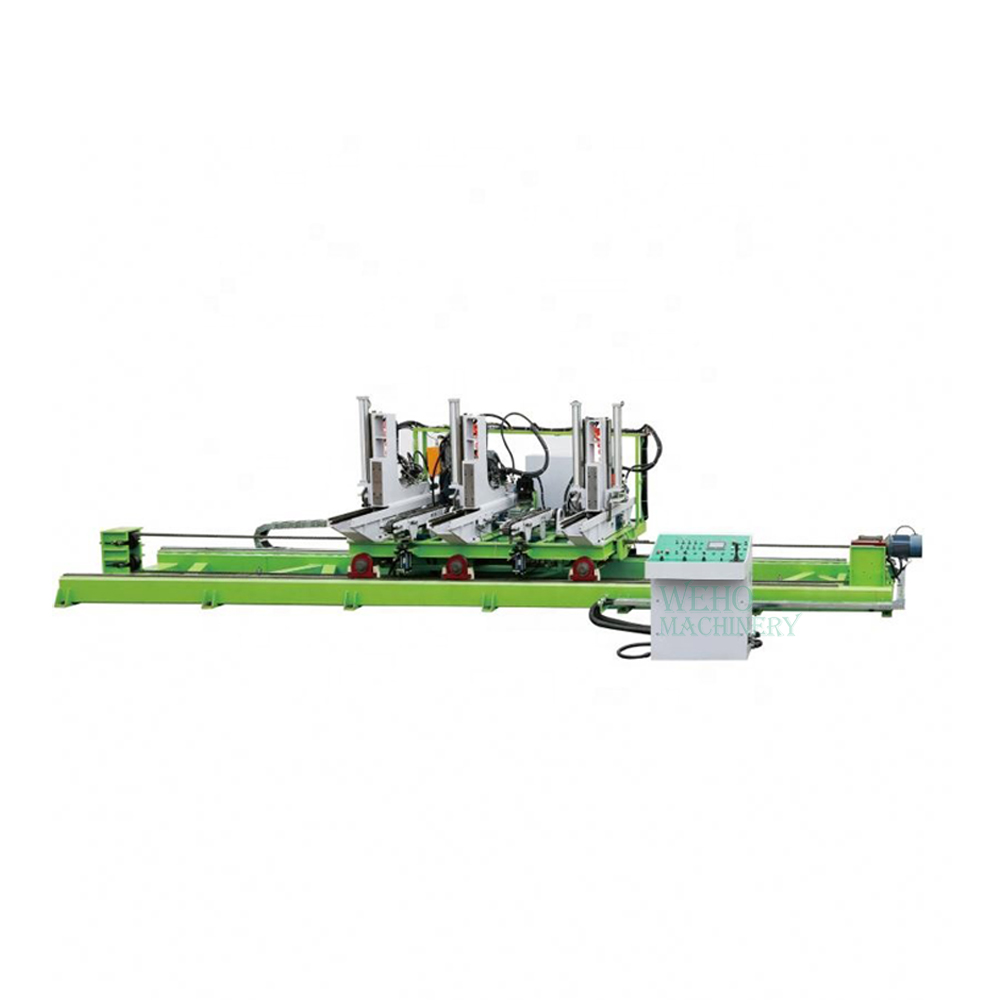
Wood Bandsaw Vs Metal Bandsaw: What Is The Difference?
Bandsaws are versatile tools used in various industries, including woodworking, metalworking, and lumbering. Despite their similar appearances, wood and metal bandsaws have unique features that make them appropriate for their respective materials. This article will explore the key differences between wood and metal bandsaws, their features, and their applications.
Overview of Bandsaws
A bandsaw is a power saw with a long, sharp blade made up of a continuous band of toothed metal stretched across two or more wheels. Bandsaws are used to cut a wide range of materials, including wood, metal, and plastic. They offer uniform cutting action due to the evenly distributed tooth load and can cut irregular or curved shapes.
Key Differences Between Wood Bandsaws and Metal Bandsaws
Blade Speed
One of the most significant differences between wood and metal bandsaws is the blade speed. Wood bandsaws often operate at significantly higher speeds than metal bandsaws. Wood bandsaws typically have a cutting speed of over 3000 feet per minute (FPM), whereas metal bandsaws work at speeds of less than 300 FPM. This difference in speed is crucial because cutting metal at high speeds can generate excessive heat, leading to blade damage and poor-quality cuts.
Blade Design and Material
The blades used in wood bandsaws and metal bandsaws are designed differently to handle the specific materials they cut. Wood bandsaw blades have larger, widely spaced teeth to remove wood particles efficiently. In contrast, metal bandsaw blades have finer, sharper-notched teeth to cut through harder materials like metal. The tooth pitch (teeth per inch, or TPI) is also different, with metal blades having a higher TPI for smoother cuts in metal.
Construction and Durability
Metal bandsaws are generally more robust and sturdier than wood bandsaws. This is because cutting metal requires more force and generates more stress on the machine. Metal bandsaws often have heavier frames and more durable components to withstand the rigors of cutting metal. Additionally, metal bandsaws are equipped with features like blade tensioning systems and cooling mechanisms to prevent overheating and blade wear.
Blade Cooling and Lubrication
Metal bandsaws often include systems for cooling and lubricating the blade during cutting. These systems use cutting fluids to remove metal chips (swarf) and keep the blade cool and lubricated. This is critical for extending blade life and achieving clean cuts. Wood bandsaws, on the other hand, rarely require such cooling systems because wood cutting generates less heat and debris.
Applications and Use Cases
Wood Bandsaws:
- Cutting curves and intricate shapes in wood.
- Resawing thick boards into thinner pieces.
- Ripping lumber to size.
- Cutting joints, such as tenons and dovetails.
Metal Bandsaws:
- Cutting metal stock to size.
- Cutting curves and intricate shapes in metal.
- Cutting metal pipes and tubes.
- Industrial applications require precise and intricate cuts in metal.
Choosing the Right Bandsaw for Your Needs
When selecting a bandsaw, it's essential to consider the primary materials you will be cutting. Using the appropriate bandsaw for the material ensures optimal performance, safety, and longevity of the tool.
Wood Bandsaw Features to Consider:
Blade Speed:High-speed operation for efficient wood cutting.
Blade Design: Larger teeth with wider spacing for wood particles.
Construction: Lightweight but sturdy enough for woodworking tasks.
Additional Features: Adjustable miter gauge, rip fence, and tilting table for versatile cuts.
Metal Bandsaw Features to Consider:
Blade Speed:Low-speed operation to handle metal cutting.
Blade Design: Finer teeth with higher TPI for smooth metal cuts.
Construction: Heavy-duty frame and components for durability.
Additional Features: Blade cooling and lubrication systems, blade tensioning mechanisms.
Can You Use a Metal Bandsaw to Cut Wood and Vice Versa?
While it is technically possible to use a metal bandsaw to cut wood and a wood bandsaw to cut metal, it is not recommended. Metal bandsaws can cut wood, but the process would be slow and inefficient, and the quality of the cut may be poor. In contrast, using a wood bandsaw to cut metal can be risky due to the high speeds, which can cause blade damage and injury.
Conclusion
Understanding the differences between wood bandsaws and metal bandsaws is crucial for selecting the right tool for your projects. Wood bandsaws are designed for high-speed cutting of wood and other soft materials, while metal bandsaws operate at lower speeds and are built to handle the rigors of cutting metal. Choosing the right bandsaw for your needs will ensure that your workshop's cutting operations are efficient, precise, and safe.


